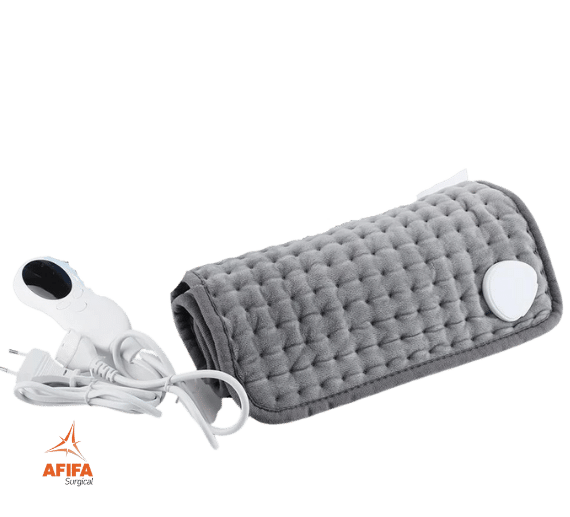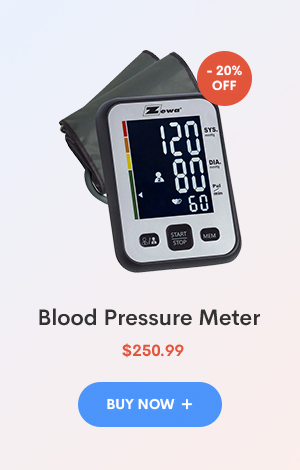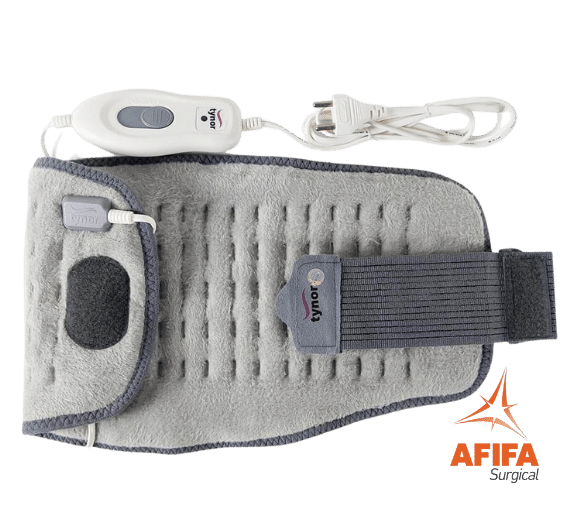Subtotal:
₨21,500.00
Description
Heating Pad Physiotherapy Therapy Blanket Price in Pakistan
Heating pad therapy has become increasingly popular in recent years as a natural and effective way to relieve pain and discomfort in the body. Whether you are experiencing chronic pain, stiffness, or sore muscles, a heating pad can provide targeted relief to the affected area.
In this article, we will discuss the benefits of using a heating pad for therapy, how it works, and the different types of heating pads available on the market. We will also provide a comprehensive guide on the use of heating pads for different types of pain relief and explain how to choose the best heating pad for your specific needs.
What is a Heating Pad?
A heating pad is a device that generates heat and is designed to provide relief from pain and discomfort. It is a type of therapeutic modality that works by increasing blood flow to the affected area, which in turn helps to reduce pain and promote healing.
How Does a Heating Pad Work?
A heating pad works by applying heat to the affected area, which causes blood vessels in the area to dilate, increasing blood flow. This increased blood flow helps to deliver more oxygen and nutrients to the area, which promotes healing and reduces pain.
Additionally, the heat generated by a heating pad can help to relax muscles, which can also help to reduce pain and stiffness. The heat can also stimulate the production of endorphins, which are the body’s natural painkillers.
Types of Heating Pads
There are several different types of heating pads available on the market, including electric, microwaveable, and chemical heating pads. Electric heating pads are the most popular type, as they are easy to use and provide consistent heat. Microwaveable heating pads are also popular, as they can be heated quickly and are portable. Chemical heating pads are less common, but can be useful in situations where electricity or a microwave is not available.
Benefits of Using a Heating Pad
There are many benefits to using a heating pad for therapy, including:
- Pain relief: Heating pads can help to reduce pain and discomfort in the body by increasing blood flow and relaxing muscles.
- Improved flexibility: The heat generated by a heating pad can help to increase flexibility and range of motion in the affected area.
- Relaxation: The heat from a heating pad can help to promote relaxation and reduce stress.
- Inflammation reduction: Heating pads can help to reduce inflammation in the body by increasing blood flow and promoting healing.
- Non-invasive: Heating pads are a non-invasive therapy option that can be used in the comfort of your own home.
Using a Heating Pad for Pain Relief
Heating pads can be used to provide relief for many different types of pain, including:
- Back pain: Heating pads can be used to relieve lower back pain, as well as upper back pain and stiffness.
- Neck pain: Heating pads can help to relieve neck pain and stiffness.
- Menstrual cramps: Heating pads can be used to relieve menstrual cramps and discomfort.
- Arthritis pain: Heating pads can help to reduce pain and stiffness associated with arthritis.
- Muscle pain: Heating pads can be used to relieve muscle pain and soreness after exercise or injury.
Choosing the Best Heating Pad
When choosing a heating pad, there are several factors to consider, including:
- Type: Decide which type of heating pad is best for your needs, taking into consideration portability, ease of use, and heat consistency.
- Size: Choose a heating pad that is large enough to cover the affected area, but not too large that it becomes unwieldy.
- Material: Consider the material of the heating pad, as some materials may be more comfortable than others.
- Safety features: Look for heating pads with automatic shut-off features and temperature controls to prevent overheating and burns.
Conclusion
- In conclusion, heating pad therapy is a safe and effective way to relieve pain and discomfort in the body. It works by increasing blood flow to the affected area and relaxing muscles, which in turn promotes healing and reduces pain. There are several different types of heating pads available on the market, and choosing the best one for your specific needs depends on factors such as portability, size, material, and safety features.When using a heating pad for therapy, it is important to follow safety guidelines, such as using a cover to protect your skin from burns and never falling asleep while using a heating pad. Additionally, it is important to consult with a healthcare professional before using a heating pad if you have any underlying health conditions or are pregnant.
FAQs
Q: Are heating pads safe to use? A: Yes, heating pads are generally safe to use as long as you follow safety guidelines and do not use them for extended periods of time.
Q: How long should I use a heating pad for therapy? A: It is recommended to use a heating pad for no more than 20 minutes at a time, with a break of at least an hour in between uses.
Q: Can I use a heating pad while pregnant? A: It is important to consult with a healthcare professional before using a heating pad while pregnant, as high temperatures can be harmful to the fetus.
Q: Can heating pads be used for arthritis pain? A: Yes, heating pads can be used to relieve pain and stiffness associated with arthritis.
Q: Can heating pads be used for menstrual cramps? A: Yes, heating pads can be used to relieve menstrual cramps and discomfort.










Salman Ahmed –
The instruments I purchased from AfifaSurgical are not only high-quality but also very reasonably priced, making them a great value.